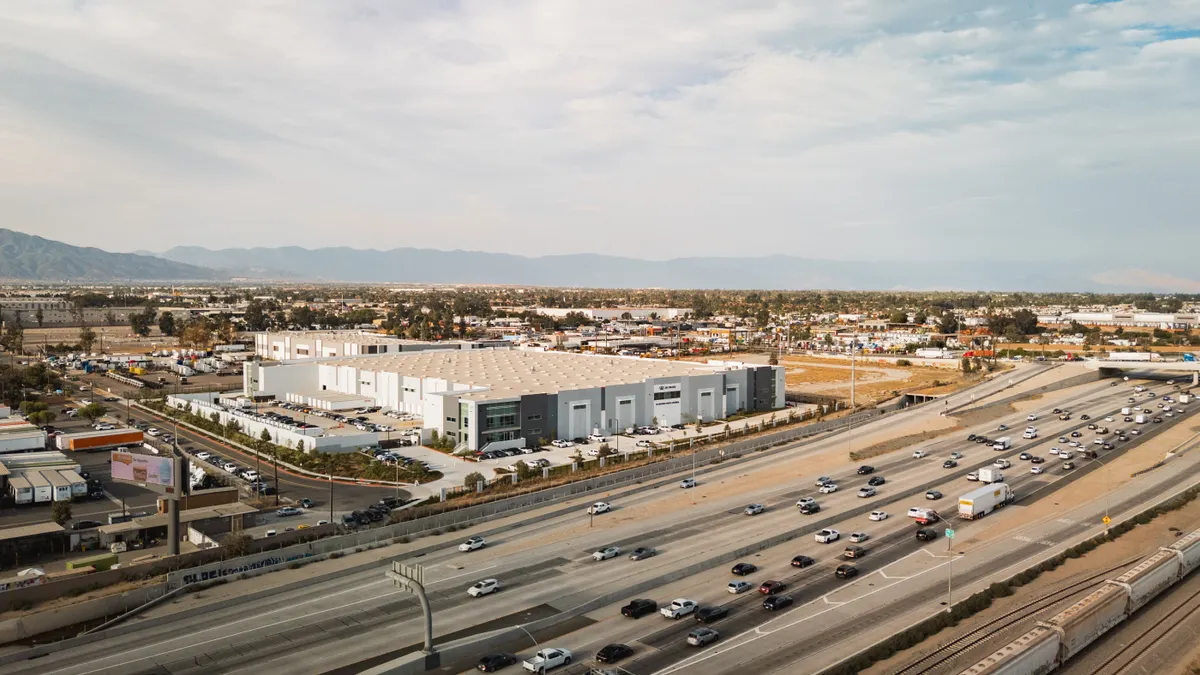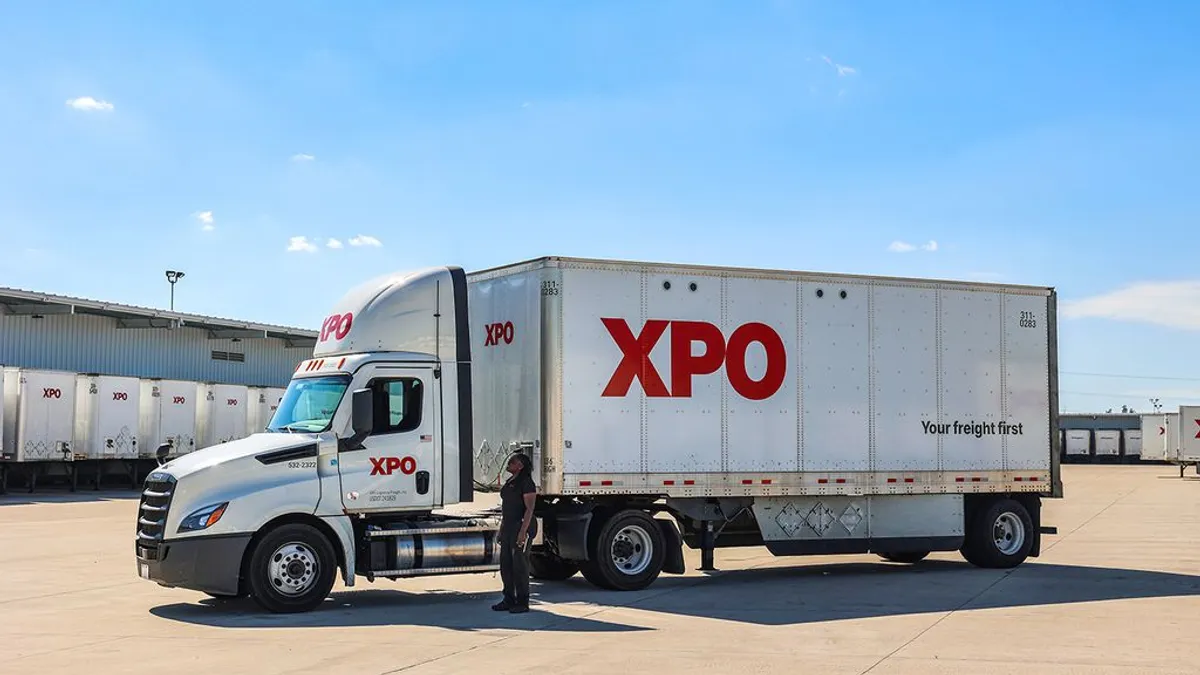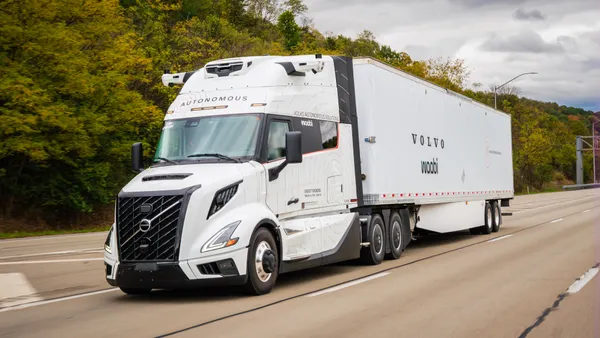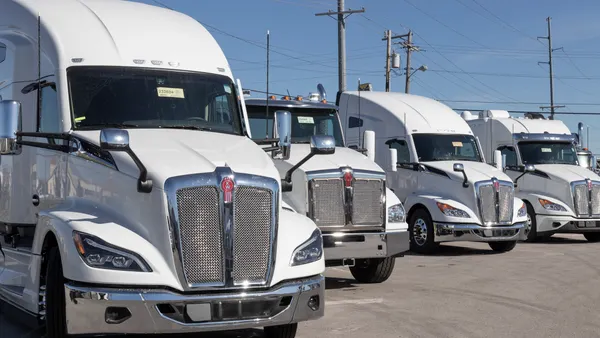Alternative energy truck maker ZM Trucks cut the ribbon on its U.S. headquarters and assembly plant last month in Fontana, California — launching its expansion just as federal EV tax credits wind down, emissions rules shift and charging infrastructure remains uneven.
Even so, the company says policy headwinds won’t deter it from competing in the North American market.
“ZM Trucks has never relied on federal incentives as part of our go-to-market strategy,” a spokesperson for the OEM said in an email to Trucking Dive on Sept. 9. Instead, the company focuses on state-level programs in key markets, such as New York, New Jersey, Texas and California — along with plans for Nevada and Washington.
A subsidiary of Japan-based ZO Motors, ZM Trucks has the benefit of a global perspective when it comes to its customers’ potential charging concerns. ZO Motors has plants in Japan and Cambodia, producing both electric- and hydrogen-powered commercial vehicles.
“Our experience has shown that establishing ‘behind-the-fence’ charging is critical for a successful transition to electric powertrains,” ZM Trucks said via email. “Relying on public charging as a primary solution is cost-prohibitive in the U.S. While it’s useful as a backup in emergencies, it doesn’t support a sustainable business case on its own.”
With infrastructure seen as a limiting factor, ZM Trucks is turning attention to what it can control: production.
At its 210,000-square-foot facility in Fontana, ZM Trucks currently has 39 employees on its pilot line, where it plans to build two models:
- The battery-electric T75, a heavy-duty vehicle built for ports, warehouses and distribution yards with a 75-mile range
- The battery-electric ZM8, a short-wheelbase model designed for urban delivery and upfit applications with an estimated 165-mile range
So far, the ZM8 has found its largest base among final-mile delivery companies and small businesses, while the T75 is currently used exclusively in port operations. The company did not disclose customer names.
Notably, the factory was designed to build ZM Trucks’ T75, ZM8 and future models all on the same line. Once the line is fully operational, it will be tooled to produce three trucks per hour, the company said.
“With our current tooling investment, we can support three jobs per hour on a single shift — giving us ample production capacity to meet future demand,” ZM Trucks said, noting production is constrained by supply chain lead times, rather than its ability to scale internally.
With the Fontana plant, ZM Trucks anticipates 90% of the trucks it manufactures to stay in the U.S. while 10% will be exported to Canada.














